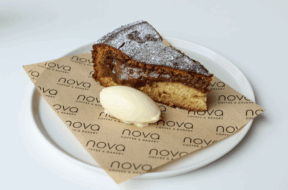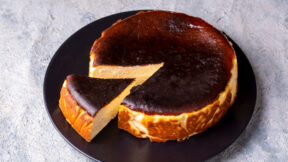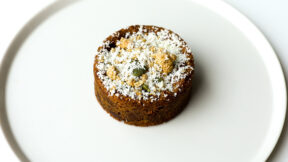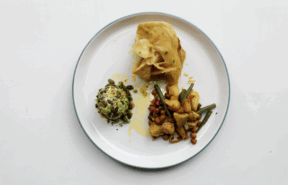Recipes
Sourdough Bread Starter
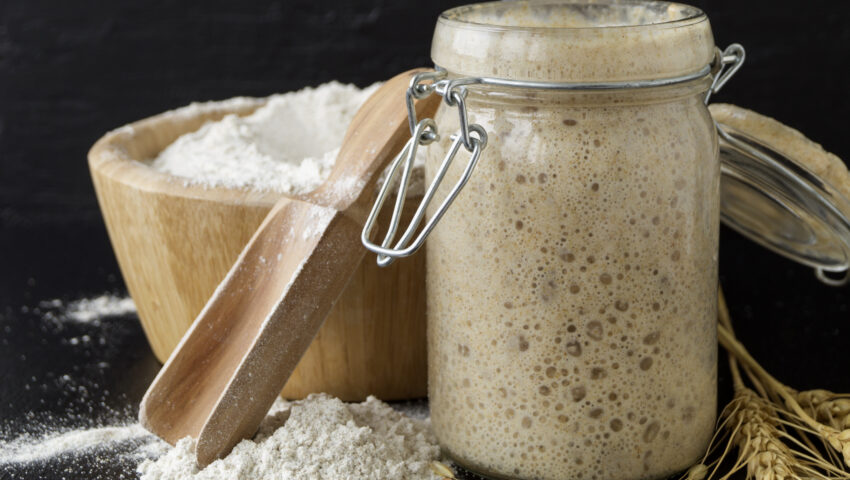
Method
We have seen loads of home baking during the lock down.
An unmissable item on social media has been people trying to make sourdough. If you have been lucky enough to get hold of some bread flour and want to try your hand at sourdough, you will need to have a starter.
What is a starter you say? A sourdough starter (also called levain) is a fermented mixture of flour and water that takes natural wild yeasts from the air and produces a bacteria called lactobacilli. This is what makes your bread rise.
You can purchase sourdough starters from the internet, many with great promises of origin and age. However, you can make your own starter just as well in a week, for much less money and with greatly increased satisfaction because you’ve made it yourself!
What will you need: a clean container with a lid (a Kilner jar is ideal), 650g bread flour and water.
A quick note on bread flours: you can make your starter with any type of strong bread flour. However, the most active starters seem to come from rye or whole-wheat flour. They haven’t been as processed as white flour, so there are more natural enzymes inside to ferment. I personally use a mixture of white, whole-wheat and rye, which gives an amazing nutty smell and an active starter.
Follow these steps and in no time at all you will be baking amazing sourdough bread at home


